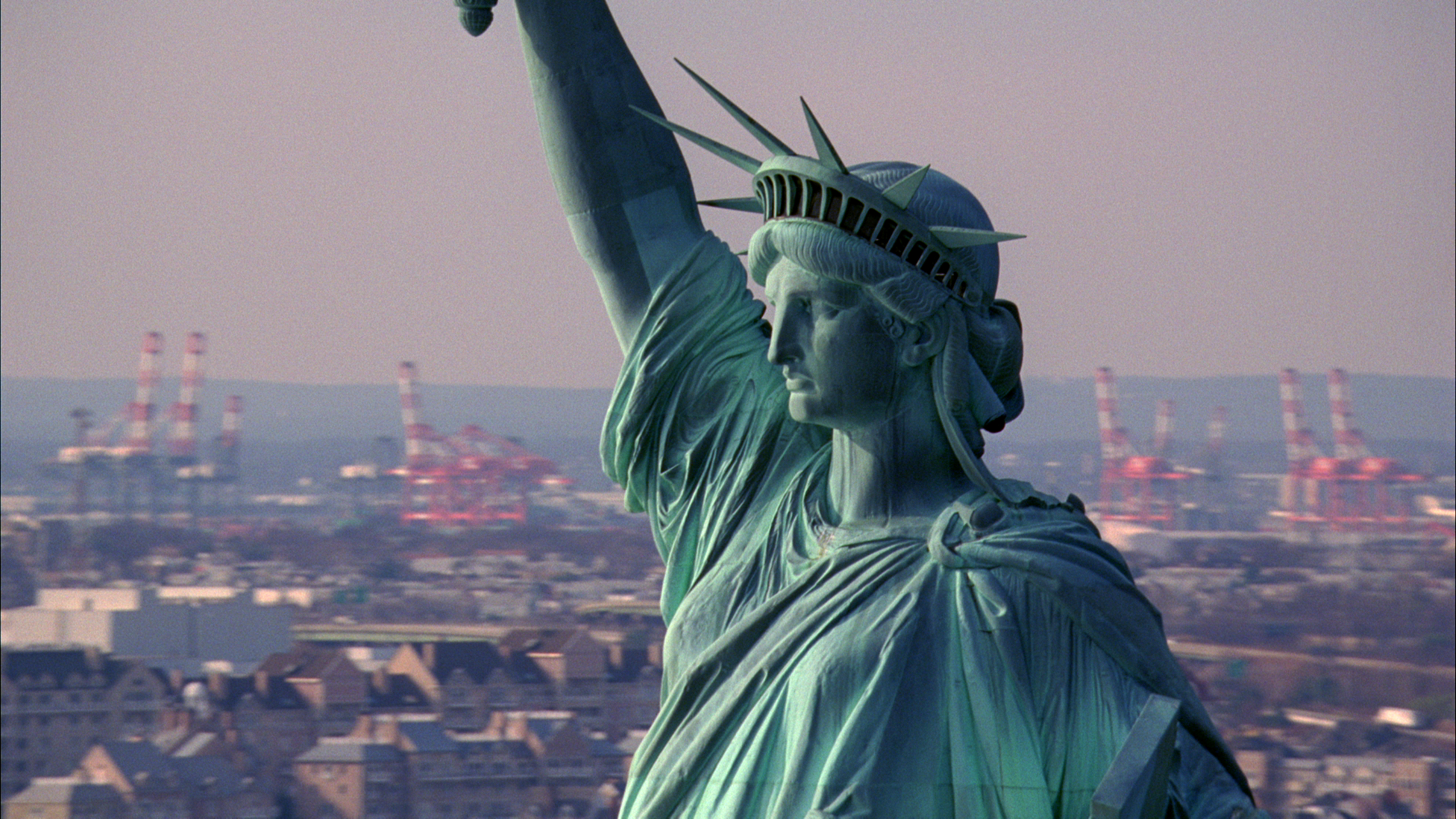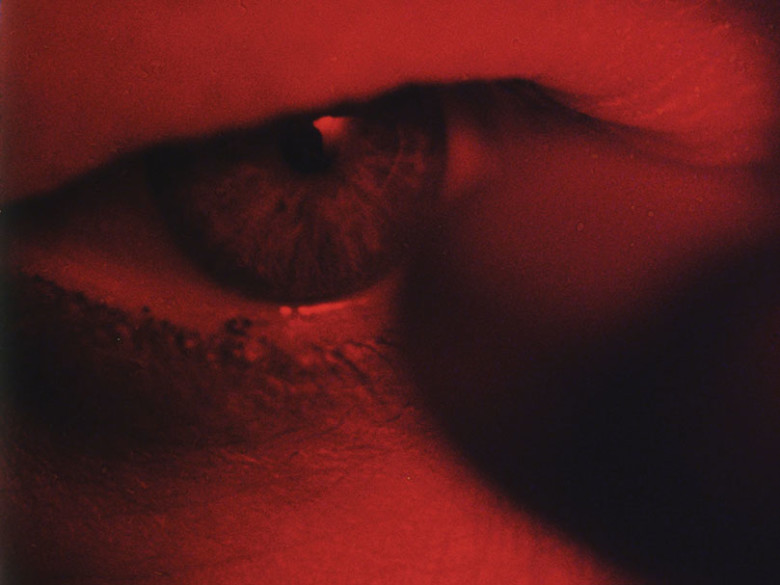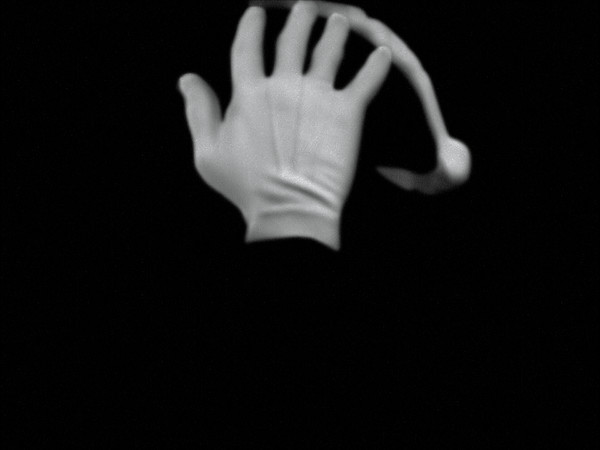
Steve McQueen (London, 1969) is one of the most prominent artists and filmmakers working today. Throughout his almost 30-year career, he has had a significant influence on how film is shown and understood by the audience. Taking a radical look at the human condition, its dramas, and fragility, McQueen touching and thought-provoking work asks essential questions about the construction of identity, belonging, and the right to freedom. Steve McQueen conceives film as a sculptural form in motion in time and space, spanning between video, installation, and photography. Alongside his practice as an artist in the visual arts, he is also a significant figure in cinema, realizing feature and documentary films for cinema and television and winning the Oscar for the Best Picture with his movie 12 Years Slave (2013).
Informed by the history of film, his artworks were initially associated with the experimental cinema of the 1970s and New Queer Cinema, a term coined in 1992 to denote the movement encompassing movies, videos, and activism in the fight against AIDS. The film has always been at the center of the artist’s research: he first approached the realm of moving images using a handheld camera and Super 8, which, he observes, “has informed how I still shoot now, as Super 8 was very expensive so I would have to have an idea of what I wanted to shoot before shooting it… and this economy of means helped develop my practice as a filmmaker and as an artist”.
Born and raised in London to West Indian parents, he studied at the Chelsea School of Art (1990), Goldsmiths College, and at NYU Tisch School of the Arts for one year (1993). Soon after, major international institutions such as MoMA in New York and Van Abbemuseum in Eindhoven dedicated solo exhibitions (both in 1997) to his work. McQueen recounts: “Filmmaking is an evolution for me, first with a crayon, then a paintbrush, and ending with a movie camera. It would always begin with perspective, even as a child, a white piece of paper is a frame. It was very much an evolution in imagery”.
McQueen’s early pieces are characterized by an experimental and improvisational approach reminiscent of the early twentieth-century avant-gardes and silent movies, shot in black-and-white and intentionally without sound. Made with limited resources, they already expressed his strong interest in the act of looking and observing that is inherent in the film experience. His first work, Exodus, is a sixty-five-second shot of two smartly dressed men as they each carry a potted coconut palm through the crowded city streets. Following the two men, who sometimes stray out of the shot or swerve, McQueen was forced to pan to keep them on camera. The scene expresses the intuitive and spontaneous relationship between the artist’s movement and the camera, giving an almost diary-like slant to the footage.
McQueen employed several cinematic codes to highlight contradictions or discriminations assimilated by contemporary Western culture during his early career. For example, the duel in Bear (1993), in which two nude figures (one of them the artist) are shown engaged in a wrestling match, or the slapstick in Deadpan (1997), based on the iconic scene from the 1928 film starring Buster Keaton (1895-1966). Here McQueen takes the place of the character who was originally in front of a house, whose façade detaches and collapses around him. These artworks earned him the 1999 Turner Prize, one of the most prestigious awards in the field of the visual arts.
Together with a new generation of artists, McQueen contributed to creating an innovative visual language, strengthening the dialogue between film and the museum context. Indeed, subsequently, many of his works incorporate color and sound, taking the form of video installations with projections in the space. The artist is also concerned with the specific conditions in which moving images are presented. The size of the screen, the acoustic dimension, and the relationship between the viewer and the film itself are all crucial aspects. By triggering a comparison that is as human as it is lyrical, McQueen’s work transfers the projection of the film from the screen to the exhibition space.
In the early 2000s, McQueen probed themes related to identity, and historical and social moments, incorporating their documentary potential into his film language, as in Western Deep (2002) and Caribs’ Leap (2002). At the same time, he focused on the tangible nature of the film experience by depicting strong physical and tactile sensations. In some of his works, such as Cold Breath (1999) and Charlotte (2004), the camera lingers on bodily details, conveying their fragility.
McQueen later expanded his oeuvre by turning his attention to cinema, making his first feature-length film titled Hunger in 2008. He received the Caméra d’Or award at the Cannes Film Festival. The film is a portrait of the slow physical deterioration of Bobby Sands. The IRA (Irish Republican Army) member starved to death after being on hunger strike in the Maze Prison for sixty-six days in 1981 to protest the British government and the prison regime experienced by the Republican inmates. After three years, he made an intense film Shame (2011) with another extraordinary Michael Fassbender (already protagonist of Hunger) who’s Brandon Sullivan: a handsome thirtysomething New Yorker with the typical smooth charm of the seducer. He is also a compulsive masturbator and a habitual user of porn and prostitutes. McQueen stated, “Shame’s man is all of us. Cinema should be a mirror that reflects us. Pornography is not bad but it is how everyone lives today. However, this is not a judgmental film”.
In 2009 McQueen represented Britain at the 53rd Venice Biennale and over the following years, had solo exhibitions at various international museums. These include the Art Institute of Chicago (2012), the Schaulager in Basel (2013), the Whitney Museum of American Art in New York (2017), and the Tate Britain in London (2019), for which he created Year 3, one of the most ambitious portraits of youth ever realized in the United Kingdom. Composed of thousands of class photographs of all the third-year pupils in London’s primary school, this work offers a cross-section for the future and an image of hope of a generation to come.
In close dialogue with film history from its origins to the present day, McQueen’s practice prompts a unique reflection on the moving image, drawing on crucial moments in cinema, among which is The Jazz Singer from 1927. The movie is considered the first feature-length film with synchronized dialogue and is present in the artist’s new production Sunshine State (2022), the Pirelli HangarBicocca’s exhibition in Milan that I visited a month ago.
Pirelli HangarBicocca is a non-profit foundation established in 2004, which has converted a former industrial plant in Milan into an institution for producing and promoting contemporary art. This center covers 15,000 square meters, making it one of the largest contiguous exhibition spaces in Europe. Pirelli HangarBicocca’s mission is to make art accessible and open to everyone. Therefore, the admission to the space and shows is always free of charge. The innovative building includes an area for public services and educational activities and three exhibition spaces.
Opened on March 31, the artwork Sunshine State is an immersive exploration of Steve McQueen’s artistic production over the past twenty years. The exhibition that will remain until July 31 consists of six film works (video installations) and one sculpture commissioned and produced by the International Film Festival Rotterdam (IFFR) 2022 and premiered in Pirelli HangarBicocca. The show highlights the deep connection between corporeality and subjectivity. The works form a visual narrative, revealing the artist’s radical take on reality and offering an opportunity to imagine new readings of McQueen’s poetics of pressing social themes such as racial and postcolonial issues. Transitioning from silent to sound films juxtaposed to the intimate story of a personal event, McQueen reflects on cinema’s influence and the definition and perception of individual and collective identity.
Moving in the darkness of the exhibition space, visitors encounter projections that appear as portraits of stories and people conveying the most profound sense of the human condition, with its dramas and fragilities. The first work that breaks into the “scene” is Static, an unusual portrait of an icon of the twentieth century: The Statue of Liberty in New York. Projected onto a giant screen, the film is shot from a helicopter continually circling the monument with close-ups revealing the conditions of the statue with its oxidized metal and giving the spectator a sense of disorientation. Acoustically, the helicopter’s noise reflects the circular motion of the camera. Realized in 2009, when the Statue reopened to the public after 9/11/2001, Static evokes themes of freedom, surveillance, and American identity.

From now on, the most disturbing and complicated to understand is Cold Breath. The film is in 16mm and shows McQueen’s nipple as it pinches and rubs it insistently, evoking moments of intense physicality. The only sound from the video is the projector’s mechanical sound running continuously, making the image increasingly abstract. Leading the viewer into intimacy and playing on the ambivalence between impulse and desire, McQueen himself pointed out that he wanted to explore the sensitivity of touch. The artist explores the act of looking in its most physical and fleshly connotation through a continuous reiteration of the movement.

Another close-up film portrays the eye of the British actress Charlotte Rampling who gives the name of the opera itself: Charlotte. The red color reminds of a horror image of the eye’s fear. Here, the physicality is again dissected. Between threat and excitement, the artist’s fingertip caresses the eyelid touching the eyeball for an instant. Without having a specific meaning, the work is a tribute to the actress, one of the icons of European cinema. As sensual as fragile, the silence becomes a tangible manifestation of observation, the founding act in the cinematographic lexicon.

The core of Steve McQueen’s exhibition is Sunshine State, a two-channeled video projection shown on both sides of two screens placed one next to the other. The most intimate opera and presented for the first time to the public, the work opens with footage of the burning sun: one frame shows a close-up while the other depicts it from a distance. While the frame slowly dissolves into a new image, the artist’s voice comes up as he tells a story about his father accompanied by scenes from The Jazz Singer’s musical drama, 1927. The two screens portray a continuous sequence of images and oral narrations reinforced by the black and white backgrounds. The viewer observes the exact moment but never at the same time. The protagonist, the famous singer Al Jolson, prepares to perform on Broadway. McQueen plays with Jolson applying black paint on his face by alternating footage played forward and backward. The artist shows the visitors the invisibility and almost ghostly presence of black men.


Lastly, the visitor is entirely free not to follow any exhibition itinerary through a non-chronological layout unfolding personal perspectives and opinions. From my point of view, this is the first time that I have experienced both a sensory and physical immersion in art. Steve McQueen’s narrative doesn’t want to influence the viewer, but it wants to move individuals. Either a positive or negative evaluation can arise. This is not right or wrong, boring or not. However, he allows the audience to engage deeply with “the truth” of his work. Therefore, art and cinema are the same. Their power rest in their humanity, how they reveal who we are, and how they can be a starting point for a conversation. Sunshine State is a one-to-one dialogue with this enormous artist of the present, so don’t miss it if you’re in Milan!
Share This Post On
0 comments
Leave a comment
You need to login to leave a comment. Log-in


